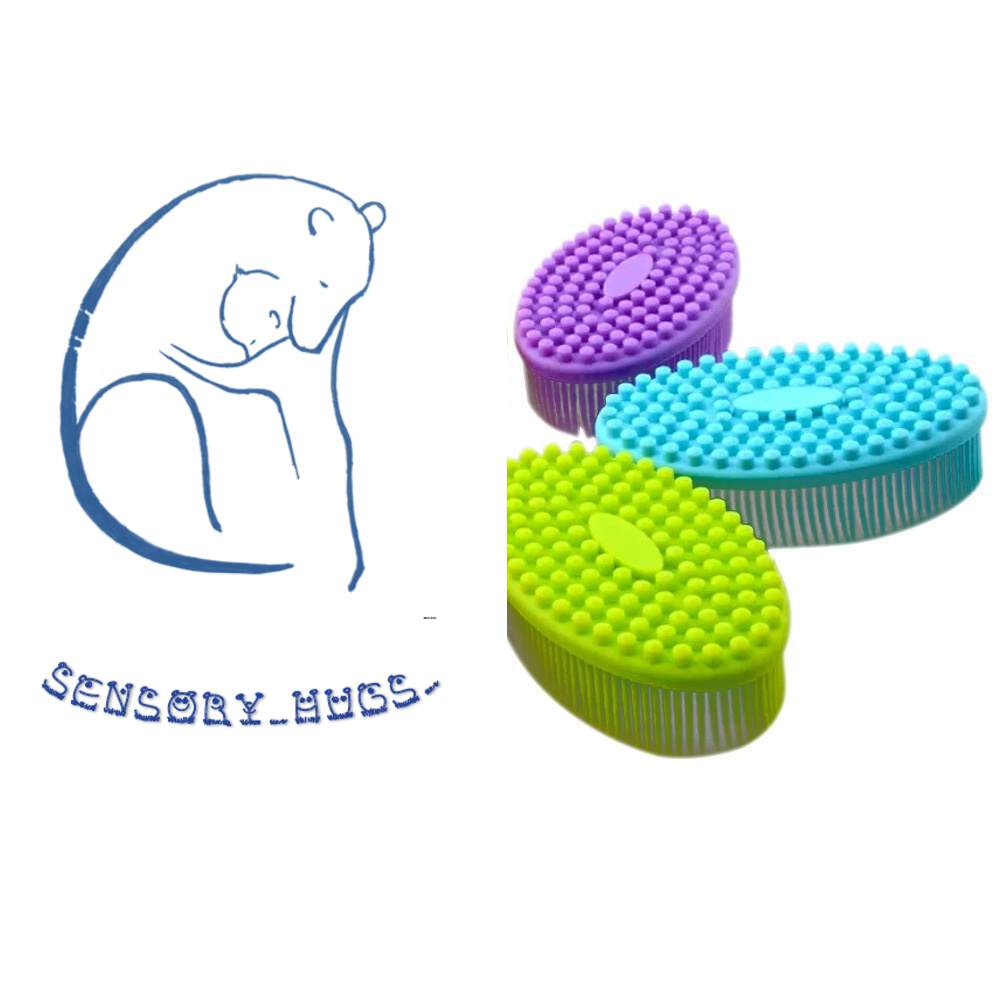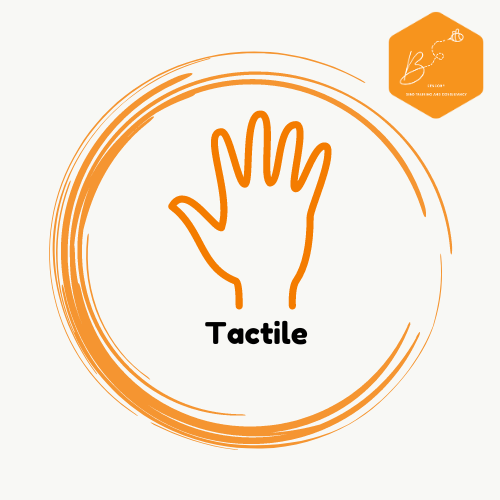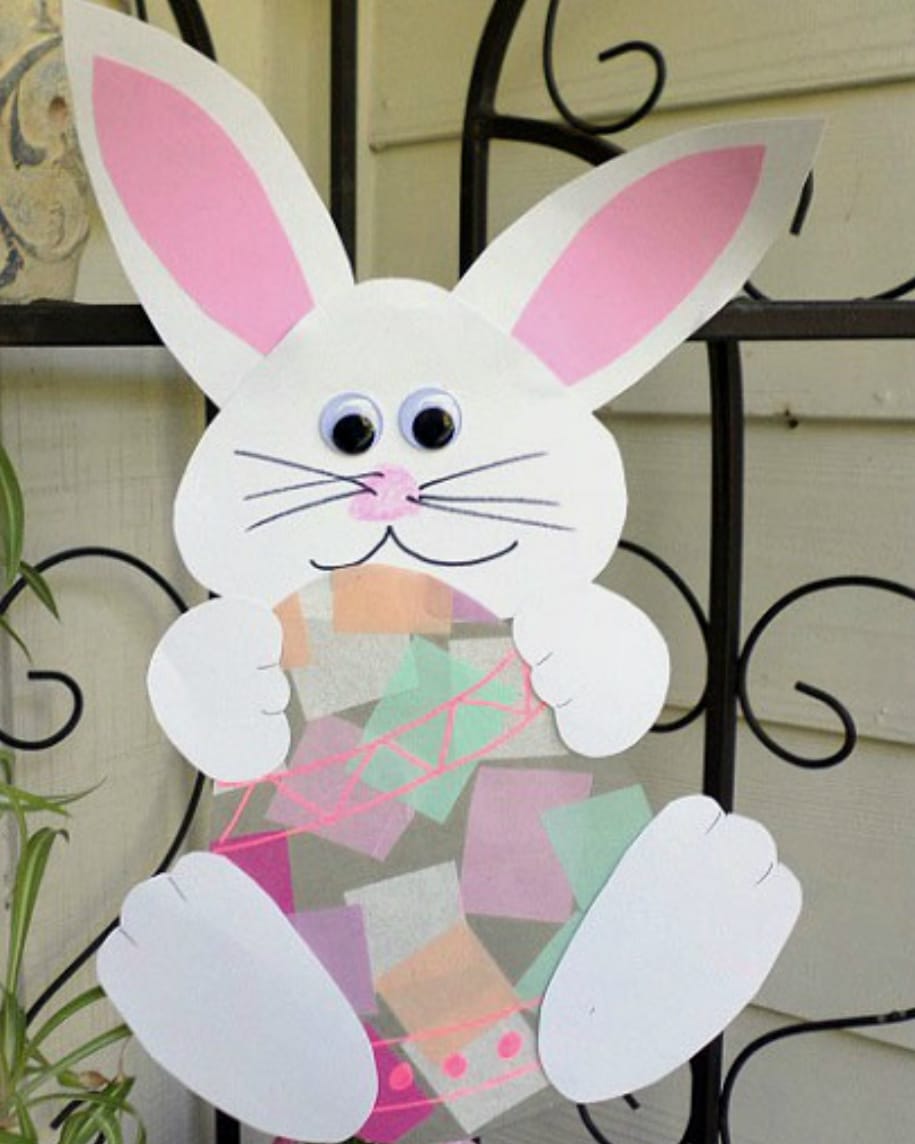Tactile Environmental Adjustments
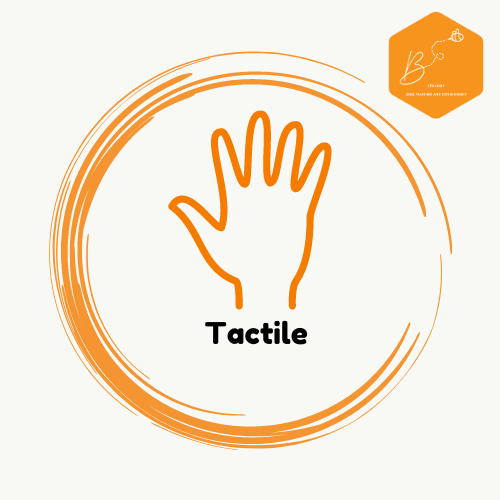
Tactile Environmental Adjustments
Creating a tactile sensory-friendly environment involves designing a space that accommodates individuals' tactile sensory needs and preferences.
Here are some strategies to create such an environment:
- Provide a Variety of Textures: Incorporate a variety of tactile textures throughout the environment, including smooth, rough, soft, and textured surfaces. Use materials such as wood, fabric, stone, or rubber to create tactile diversity and opportunities for sensory exploration.
- Offer Sensory Stations: Create sensory stations or areas within the environment that provide opportunities for tactile exploration and stimulation. Offer bins or trays filled with sensory materials such as sand, rice, beans, or textured fabrics for individuals to touch and manipulate.
- Use Tactile Pathways or Trails: Design tactile pathways or trails within the environment that incorporate textured surfaces such as gravel, grass, bark, or stepping stones. These pathways can provide opportunities for individuals to engage in barefoot walking or tactile exploration.
- Incorporate Sensory Gardens: Create sensory gardens or outdoor spaces that feature a variety of tactile plants and elements such as flowers, herbs, grasses, and sensory pathways. Encourage individuals to touch, smell, and interact with the plants to engage their tactile senses.
- Offer Sensory Seating and Furniture: Provide seating and furniture options that incorporate tactile elements such as cushions, bean bags, or textured upholstery. Offer seating with varying textures and firmness levels to accommodate individual preferences.
- Provide Sensory Tools and Equipment: Offer sensory tools and equipment such as fidgets, textured balls, or tactile toys to support tactile exploration and regulation. These tools can provide opportunities for individuals to engage in tactile stimulation and promote sensory integration.
- Create Sensory Play Areas: Designate areas within the environment for sensory play activities that incorporate tactile materials such as playdough, kinetic sand, or water beads. Provide opportunities for individuals to engage in messy play and tactile exploration in a controlled and supervised setting.
- Use Visual Supports and Labels: Incorporate visual supports and labels to help individuals navigate the environment and understand the purpose of tactile materials and sensory stations. Use visual cues such as pictures, symbols, or color coding to enhance accessibility and comprehension.
- Offer Sensory Integration Activities: Encourage participation in sensory integration activities that incorporate tactile input, such as yoga, massage, or art therapy. These activities can help individuals regulate their sensory experiences and promote relaxation and well-being.
- Seek Feedback and Collaboration: Regularly seek feedback from individuals and caregivers about their tactile sensory experiences and preferences. Collaborate with sensory specialists and occupational therapists to identify strategies and accommodations that promote a positive and inclusive tactile sensory environment.
By implementing these strategies, you can create a tactile sensory-friendly environment that accommodates individuals' tactile sensory needs and preferences, promotes sensory exploration and engagement, and enhances overall well-being and participation.
Shopping List
Tactile Multi Sensory Discs
A tactile discovery for little hands and feet, these versatile and inviting discs offer five different colour-coded tactile structures.

Sensory Adjustable Wobble Stool 40cm - 55cm | Sensory Direct
Height adjustable wobble stool : adjusts from 40cm - 56cm
Wobble stools support student movement, which is essential for cognitive development and to help keep bodies and minds engaged. Our adjustable wobble stools are highly versatile and can be used for students of differing ages and sizes. Using a simple gaslift button underneath the seat, the height can be adjusted from a lowest height of 40cm right up to 56cm.
To determine the height required, measure from the back of the users knee to the sole of their foot whilst seated - to within 5cm.
Sense Wobble Stools are easy to reposition around a space. The durable and robust construction makes them well-suited to users of all ages in a range of different environments from the classroom to home.
Product Features: Fully adjustable from 40cm to 56cm - just one stool fits a variety of ages
Comes in 3 colours - Blue, Red and Green
Thermoplastic rubber base is non-slip and suitable for carpet and hard floors
Slightly concave seat pad with non slip textured surface for added comfort
Base weighted for added stability
Compact, lightweight and eay to move
UKCA tested and approved Featuring a rounded base for an active sit and a non-slip rubber bottom, making it suitable for both carpet and hard floors.
Wobble Stools offer freedom to fidget, which can help keep bodies and minds engaged. Sense stools are easy to store and are light weight making them easy to move and carry. The seat design provides a
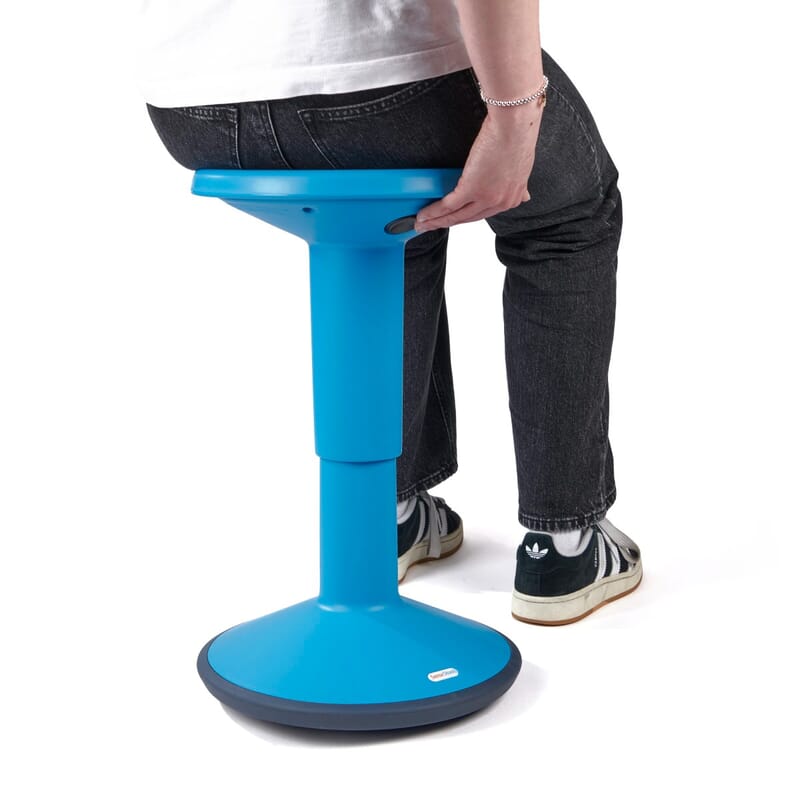
Grab n Go Tactile Sensory Kit - kits Sensory Toy | TFH
A big bag full of tactile things. Buzzblinkbeep, Jiggle Hippo or Giraffe, Fluffy Glove, Lollipop Drum, Bubble, Maracas, Vibrating Snake, Tiger Glove, Vibro Tube, Vibrating Hairbrush, Vibrati

Tactile Sensory Grip Fidget Set 13pcs
This tactile fidget set provides sensory and motor skills development.

Interlocking Sensory Playmats | Playmats for schools & nurseries |
Nature’s Gifts Sensory Puzzle Playmats (30cmx30cm) Set of 8 Inspired by nature and children’s curiosity!
These tactile playmats measure 30cm x 30cm and fit together like a puzzle to create your own play surface. Great for indoors or outside. This set is all about nature! Feel the windy whisper from the mighty tree tops in the forest , enjoy the lapping waves over the stony seashore, dig your fingers into the tender grass and lean towards the sun from the legendary pyramids! Four textures, four powers, four pleasures!
The set of contains TWO of each: 2 x Spikes - soft
2 x Grass - soft
2 x Stones - stiff
2 x Little pyramids - soft Good for: Ideal for home, school or nursery.
Can be used indoors or outdoors.
Enhances children’s imagination.
Helps improve feet state with various conditions. Improves bloody circulation.
Stimulates plantar muscles.
Helps remove oedemas in legs.
Promotes flat-footedness correction.
Simple and easy to use interlocking puzzle design.
Made by premium quality PVC, which is BPA and Phthalate free.
Durable and wear resistant. How to use:
You can use each of the mats separately or all together. The easy to use interlocking puzzle design means you can quickly and easily put them together or move the around. They are ideal floor covering for playrooms, sensory rooms, playgrounds, nursery, gyms, sports halls and treatment rooms.
Good to know: Water-resistant, making the mats easy to clean and maintain. Just wipe away any moisture or spills. You can also easily clean off spots and stains with water and mild detergent.
Do not dry under direct sunlight or on heating devices.
DO NOT use it in washing machines and dishwashers.
All mats are a different colour. Colours may vary from those shown in the picture.
ORTOTO branded box will store your favourite massage mats safe.
Recommended age: from 2 years (24 months) and adults.
Each set has unique designs using elements of the natural world to create beautifully tactile sensory play mats. As well as being great fun these mats develop imagination, boost circulation, help to correct flat footedness, improve posture and develop the vestibular system.
Interlocks with other 30cm x30cm sets.
2 year guarantee.

Textured Bean Bags (set of 10) | Sensory Direct
Set of 10 textured bean bags in assorted colours and textures ideal for tactile stimulation or cognitive therapy. 10 different outer materials and colours.
Size: 12,5x12,5cm.
Great for playing all bean bag games
Differing fabrics encourage tactile exploration
Filled with recycled plastic pellets
Suitable for ages 3+
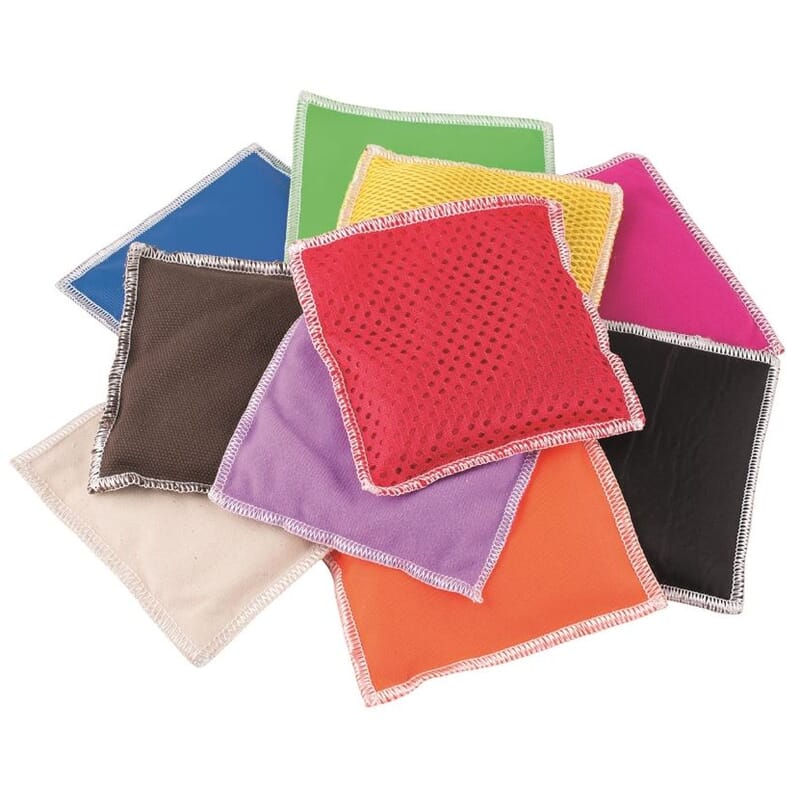
weighted snake for autism
Meet Sensory Direct’s
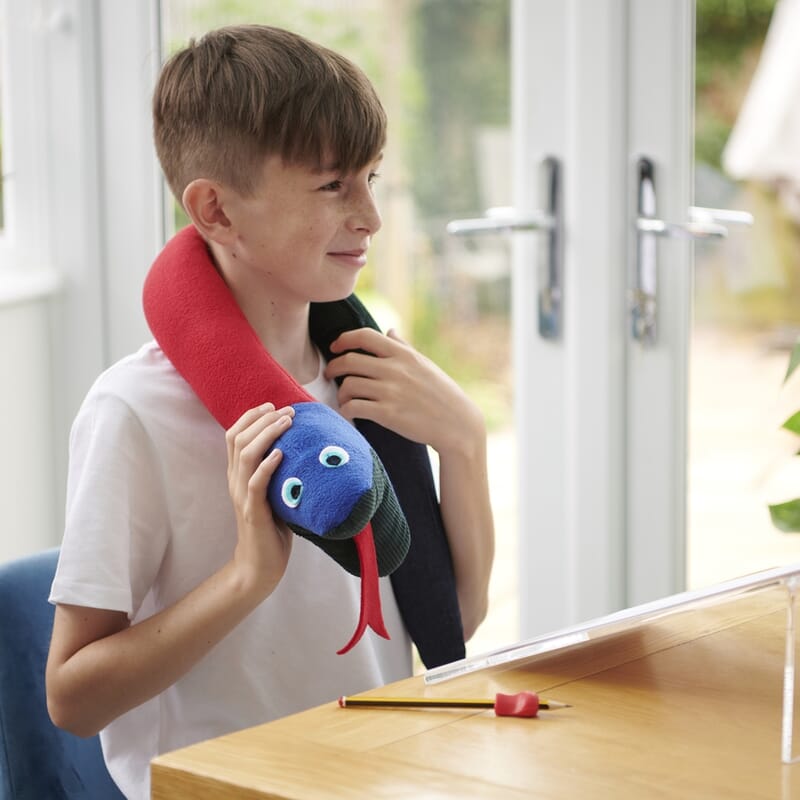
Sensory Body Brush, Bath or Relaxing Massage. Great For Sensory Seekers. Autism - Sensory Hugs
Sensory Body Brush, Bath or Relaxing Massage. Great Four Sensory Seekers. Autism
